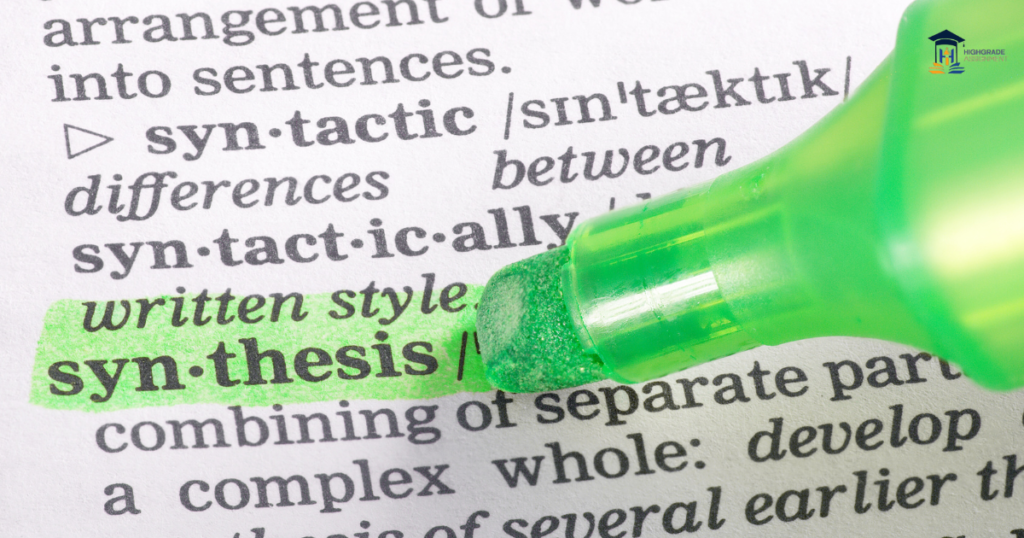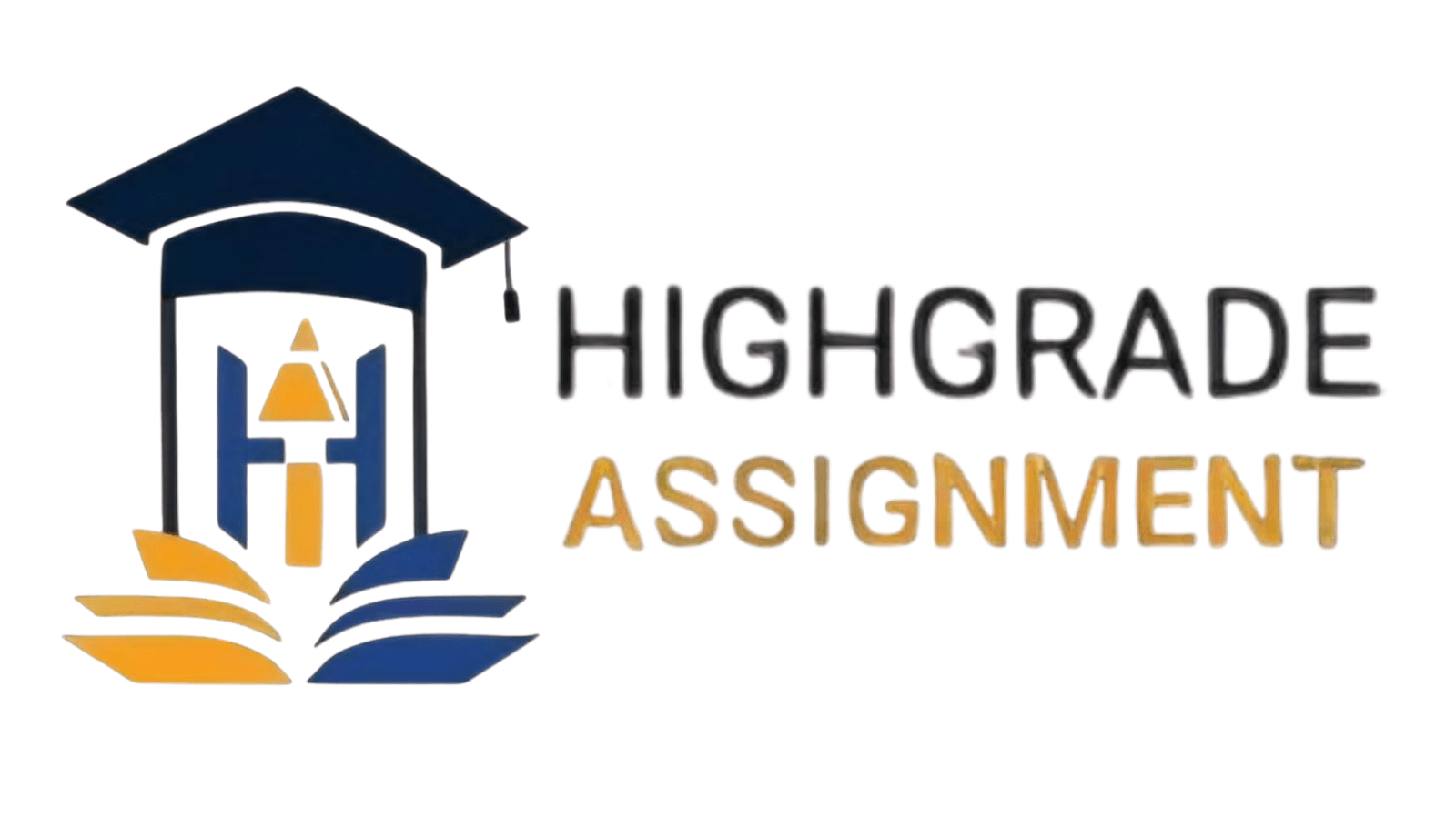A literature review for assignments is more than just a summary of research articles; it is a strategic and analytical approach that lays the foundation for academic writing. This essential component not only demonstrates your familiarity with existing scholarship but also identifies gaps, debates, and key insights that shape your research. In this guide, we will explore how to craft a compelling literature review for assignments with finesse, strategy, and clarity.
Understanding the Purpose of a Literature Review for Assignments
A literature review for assignments serves three primary purposes:
- Demonstrating Knowledge: Showcasing your familiarity with existing research and scholarly discussions.
- Identifying Research Gaps: Highlighting unresolved debates and areas where further research is needed.
- Establishing the Context: Setting the stage for your own research and positioning your arguments effectively.
By effectively writing a literature review for assignments, students gain credibility and establish their authority on the subject, making it a crucial part of academic success.

Selecting the Right Sources: Building a Strong Foundation
The quality of your literature review for assignments depends on your selection of sources. It is essential to include a mix of books, peer-reviewed journals, and conference papers to ensure a balanced perspective. Here’s how you can enhance the quality of your literature review:
- Use both classical and contemporary sources to provide a well-rounded view.
- Select credible and authoritative references from recognized publishers.
- Consider alternative viewpoints to enrich your discussion and showcase a comprehensive understanding.
Structuring a Literature Review for Assignments
A well-organized structure is vital for an effective literature review for assignments. You can choose from the following common approaches:
- Thematic Approach
This method groups studies based on common themes and ideas, making it easier to identify patterns, similarities, and differences within existing research.
- Chronological Approach
This method presents sources in order of publication, showcasing the evolution of thought and development of research over time.
Regardless of the approach, maintaining clarity, coherence, and logical flow is crucial in a literature review for assignments to keep the reader engaged and well-informed.

Synthesis: Crafting a Cohesive Narrative
A literature review is not merely a collection of summaries. A strong literature review for assignments requires synthesis—analyzing, comparing, and connecting different sources to build a compelling argument. Here’s how:
- Identify Trends: Recognize emerging patterns and dominant perspectives within the research.
- Compare Results: Highlight agreements and contradictions among various studies.
- Extract Key Insights: Determine significant contributions and their relevance to your research.
By weaving these elements into a cohesive discussion, your literature review for assignments will provide a clear and insightful narrative rather than a disjointed list of summaries.
Addressing Gaps and Conflicts in Research
Every academic field has unresolved debates and research gaps. A well-structured literature review for assignments should:
- Identify areas where existing research falls short.
- Highlight contradictions or differing viewpoints.
- Justify why further research is necessary and valuable.
By addressing these aspects, your literature review for assignments contributes to the broader academic conversation and demonstrates your critical thinking skills.
Writing with Precision: Citation and Academic Integrity
A high-quality literature review for assignments maintains academic integrity by correctly citing sources. Ensure that you:
- Use the appropriate citation style (APA, MLA, Harvard, etc.).
- Provide accurate references for all sources used.
- Uphold ethical research practices by avoiding plagiarism.
Proper citation not only enhances the credibility of your literature review for assignments but also guides readers to additional relevant studies.
Conclusion: Mastering the Literature Review for Assignments
Writing a literature review for assignments is an intricate process involving analysis, synthesis, and evaluation. It requires a structured approach, careful source selection, and a clear narrative to contribute effectively to academic discussions. By mastering these elements, students can craft compelling and insightful literature reviews for assignments, laying a strong foundation for academic success.
Whether you are working on an essay, research paper, or dissertation, a well-executed literature review for assignments will enhance the credibility and impact of your work. Apply these strategies to create a powerful and engaging review that stands out in academic writing.
Read More:- Effective Peer Reviews for Assignments
